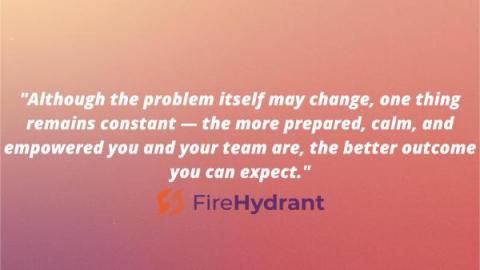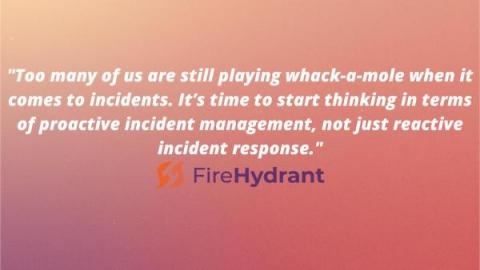3 mistakes I've made at the beginning of an incident (and how not to make them)
The first few minutes of an incident are often the hardest. Tension and adrenaline levels are high, and if you don’t have a well-documented incident management plan in place, mistakes are inevitable. It was actually the years I spent managing incidents without the right tools in those high-tension moments that inspired me to build FireHydrant. I built the tool I wished I’d had when I was trying to move fast at the start of incidents.






